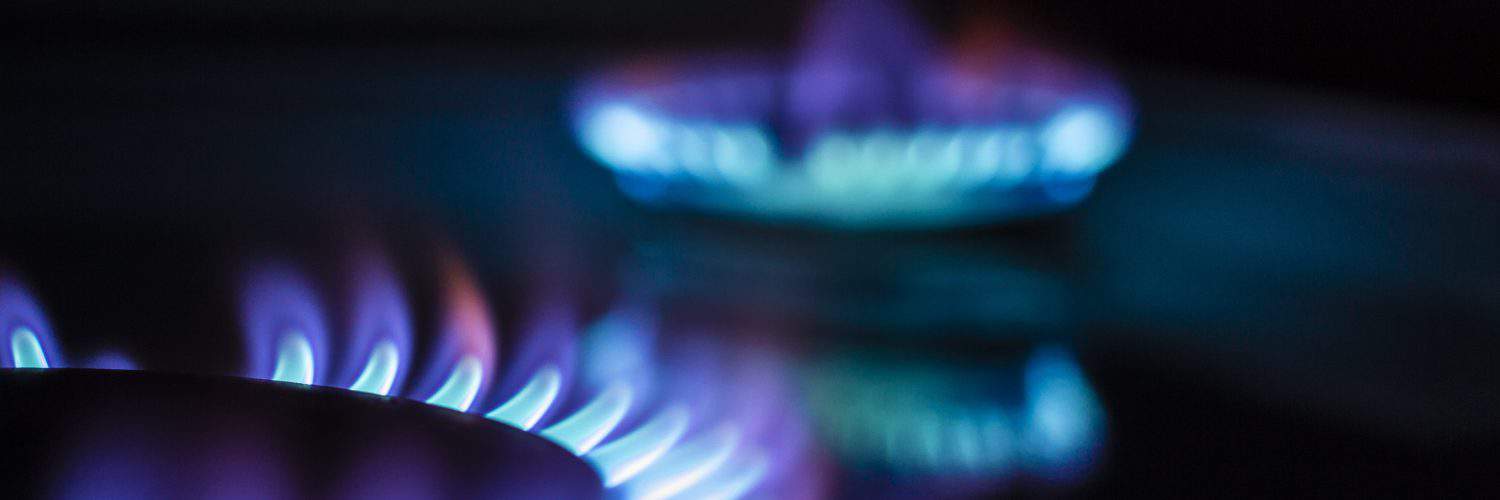Henry Hub natural gas futures for September continue to climb, trading at US$4.99/MMBtu as of 1:00pm EDT on Thursday afternoon, after reaching highs of over US$5/MMBtu. Futures for November 2021 through to February 2022 are all trading above US$5/MMBtu as the supply/demand balance continues to tighten. Production in the Gulf of Mexico remains more than 70% shut-in due to fallout from Hurricane Ida. While operations are expected to resume in the upcoming days, it could take weeks to fully revert to normal, as loss of power slows efforts to repair and restart energy facilities. The EIA reports natural gas production in the Gulf of Mexico is expected to gradually come back online during the first half of September, averaging 1.5 Bcf/d for the month, before returning to average 2.1 Bcf/d in the fourth quarter. Higher than expected power burn demand in August and strong US exports of liquefied natural gas (LNG) have added to winter storage concerns, putting upward pressure on prices.
As published in their September Short-Term Energy Outlook report, the EIA raised its projection and expects Henry Hub spot prices will average $4/MMBtu during the fourth quarter in 2021, reaching a monthly average peak this winter of US$4.25/MMBtu in January 2022. The EIA forecasts prices to decline through 2022, averaging US$3.47/MMBtu for the year, as US natural gas production increases and LNG export growth slows. The EIA estimated working gas storage was 2,923 Bcf for the week ending September 3rd, following an injection of 52 Bcf. The report came in higher than market expectations, which ranged from 36-45 Bcf, but was less than the historical average of 65 Bcf. Storage levels are now 16.8% below year-ago levels, and relative to the five-year average, 7.4% less. The EIA estimates inventories will end the 2021 injection season (end of October) 5% below the five-year average.
In Canada, prompt-month futures for AECO are trading at C$3.87/GJ, while Dawn is trading at C$5.57/GJ. Prices have continued their upward trend, with week-over-week increases of $0.35/GJ and $0.29/GJ at AECO and Dawn, respectively. Point Logic reports Canadian natural gas storage for the week ending September 3rd was sitting at 564 Bcf, after an overall injection of 17 Bcf. This injection increases storage inventories to 86 Bcf below the 5-year average and 135 Bcf below storage levels last year at this time. Eastern storage levels are now at 76% capacity and Western storage is 61% full. Injections for the week ending tomorrow are expected to come in at 18 Bcf.
Natural gas prices on both sides of the border are certainly out of whack. To put it into perspective, US storage levels were only 2.1% (62 Bcf) higher at this time in 2019 and spot prices were literally half of what they are now. When traders are talking about a US$0.60/MMBtu downward market correction that could happen at any time based on slight changes to market fundamentals or sentiment, you know it’s nuts out there.
– Karyn Morrison, Energy Advisor / Grace Wilton, Senior Energy Advisor








Add comment